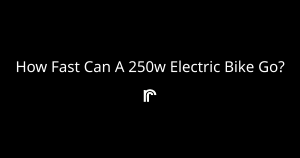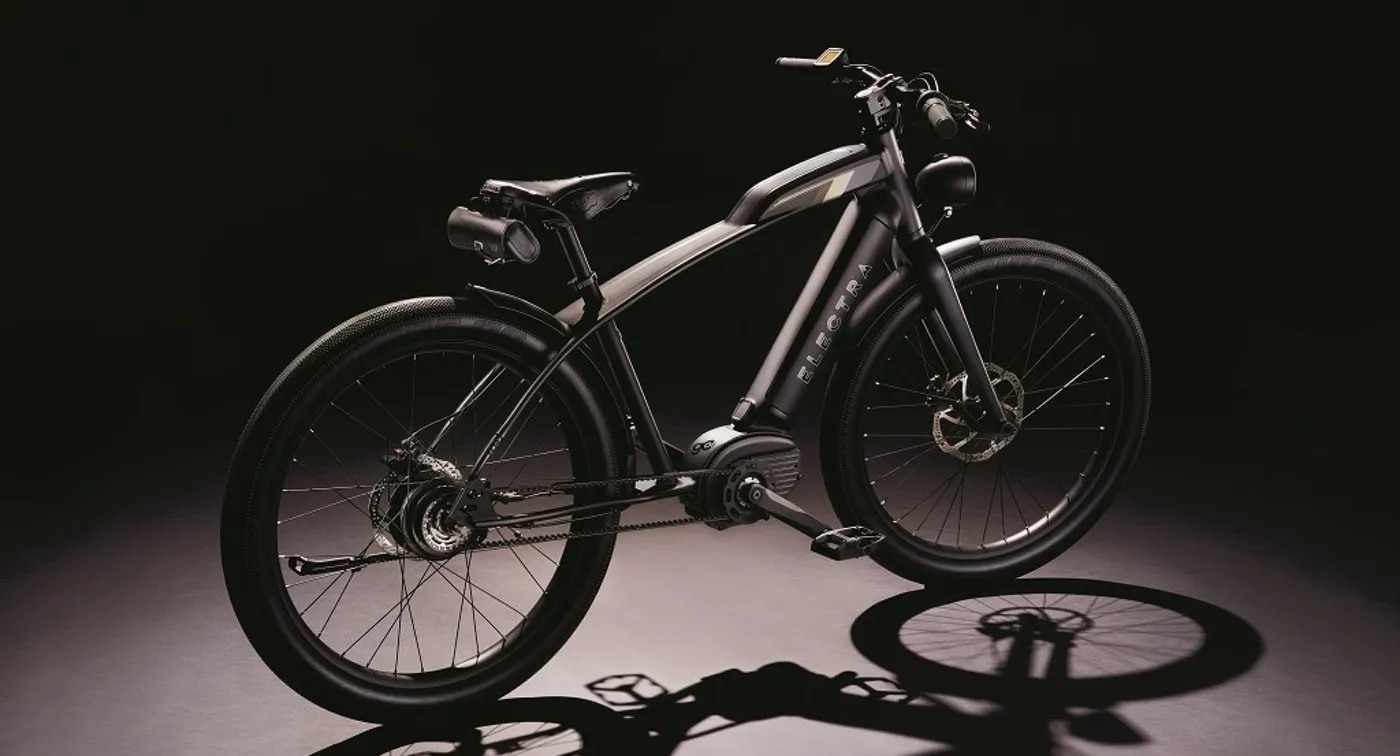Introduction
Electric bikes, also known as e-bikes, have gained immense popularity in recent years due to their eco-friendly nature and the convenience they offer for commuting and recreational purposes. One of the essential aspects that potential e-bike buyers often consider is the speed of the bike. Among the different types of e-bikes available, the 250W electric bike is a common choice for many riders. In this article, we will explore the speed capabilities of a 250W electric bike, factors that influence its speed, and safety considerations.
The 250W Electric Bike: An Overview
Before delving into the speed details, let’s briefly understand what a 250W electric bike entails. The “250W” indicates the power of the bike’s electric motor, which is a crucial factor in determining its speed and performance. In most countries, 250W e-bikes are classified as Class 1 e-bikes, which means they assist the rider up to a maximum speed of 20 miles per hour (32 kilometers per hour).
Class 1 e-bikes are equipped with pedal-assist functionality, commonly referred to as “pedelec.” This means that the motor provides assistance only when the rider is pedaling, and the power assistance stops when the bike reaches the maximum allowable speed or when the rider stops pedaling.
Maximum Speed of a 250W Electric Bike

Legal Regulations and Speed Limits
As mentioned earlier, most countries categorize 250W electric bikes as Class 1 e-bikes, which come with specific speed limitations. In the United States, for instance, federal law stipulates that a Class 1 e-bike should not exceed 20 miles per hour when the motor is engaged. Similarly, in many European countries, the maximum speed limit for such e-bikes is set at 25 kilometers per hour (15.5 miles per hour).
It’s essential to familiarize yourself with the e-bike regulations in your region to ensure compliance and safe riding practices.
Typical Speed Range
The typical maximum speed range of a 250W electric bike, as allowed by regulations, falls between 20 to 25 miles per hour (32 to 40 kilometers per hour). However, it’s crucial to note that various factors influence the actual speed achieved by an e-bike in real-world conditions.
Factors Affecting the Speed
Bike’s Motor Power
The motor power of an e-bike significantly impacts its speed capabilities. As the 250W electric bike has a lower power rating compared to higher-end models, its top speed might be somewhat limited compared to more potent e-bikes.
Level of Pedal Assistance
The level of pedal assistance selected by the rider also plays a role in determining the bike’s speed. Most e-bikes come with multiple assistance levels, such as low, medium, and high. When set to higher levels, the motor provides more power, thus increasing the bike’s speed.
Terrain and Road Conditions
The terrain and road conditions affect how fast a 250W electric bike can go. Riding on flat, smooth surfaces allows the bike to achieve higher speeds, while uphill climbs or rough terrains may limit its speed.
Wind Resistance
Wind resistance can significantly impact the speed of an e-bike, just like it does with conventional bicycles. Riding against a headwind requires more power from the motor, potentially reducing the bike’s overall speed. for an ebike specialist ncm ebikes joondalup read on.

Bike Weight and Rider Weight
The combined weight of the bike and the rider affects how fast the e-bike can go. A heavier load may result in slower acceleration and reduced top speed.
Battery Capacity and Charge Level
The e-bike’s battery capacity and the charge level also come into play. A fully charged battery provides maximum power, contributing to better speed performance. As the battery depletes, the motor’s power output might decrease, affecting the bike’s top speed.
Safety Considerations
While the speed of a 250W electric bike can be exhilarating, safety should always remain a top priority for riders. Here are some essential safety considerations:
Obey Local Traffic Laws
Always adhere to local traffic laws and regulations, as e-bikes are subject to the same rules as conventional bicycles or motor vehicles in many jurisdictions.
Wear Protective Gear
Wearing a properly fitted helmet is crucial for any cyclist, regardless of the type of bike they ride. Additionally, consider wearing knee and elbow pads for added protection.
Maintain Your E-bike Regularly
Regular maintenance ensures that your e-bike is in top condition, reducing the risk of accidents caused by mechanical failures.
Be Mindful of Pedestrians and Other Cyclists
When riding on shared pathways or bike lanes, be courteous to pedestrians and other cyclists. Signal your intentions, and give clear indications when overtaking.
Stay Visible
Use lights and reflectors, especially when riding at dawn, dusk, or in low-light conditions, to increase your visibility to other road users.
Conclusion
In conclusion, the maximum speed of a 250W electric bike is generally limited to around 20 to 25 miles per hour (32 to 40 kilometers per hour) due to legal regulations. However, real-world speed can be influenced by various factors such as motor power, pedal assistance level, terrain, wind resistance, bike and rider weight, and battery charge level. Safety should always be a priority when riding an e-bike, and riders must take necessary precautions to ensure a safe and enjoyable experience on their 250W electric bikes.




